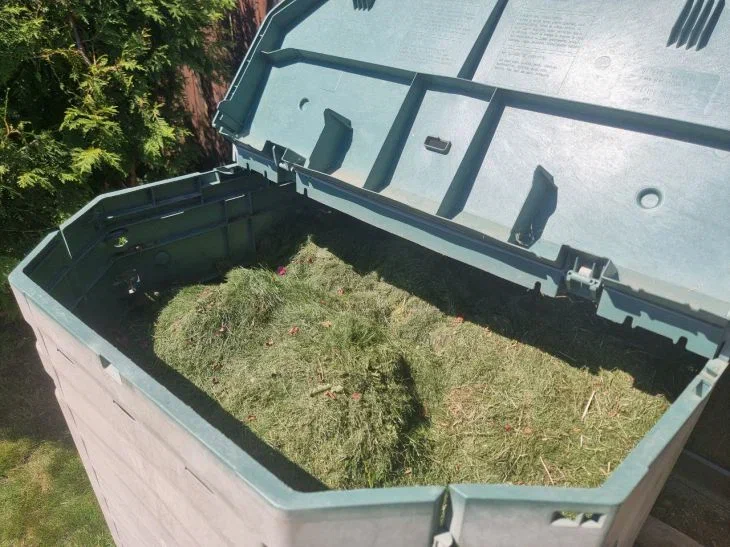What to do if your compost smells like cat litter: Don't use it
The smell of ammonia is probably familiar to each of us – if not from school chemistry lessons, then from acquaintance with a dirty cat litter box.
According to the expert of the online publication BelNovosti, scientist-agronomist, landscape designer Anastasia Kovrizhnykh, it is intense, sharp and very irritating, very difficult to confuse with any other smell.
And it definitely shouldn't come from compost.
Why does compost smell like ammonia?
If it so happens that you smell ammonia when approaching a compost heap, this means that there is too much nitrogen in it, or, more simply put, greenery.
This leads to abnormal, anaerobic processes, as a result of which organic matter does not decompose properly. Accordingly, such compost is not suitable for use.

How to Eliminate Ammonia Smell
To eliminate the smell, add dry, carbon-rich matter such as dried leaves, straw or sawdust to the compost.
This will help balance the carbon and nitrogen levels and restore the composting process to normal.
Gardeners recommend maintaining a carbon to nitrogen ratio of 3 to 1, for example, three parts carbon-containing materials (these include leaves, shredded paper or cardboard, mulch, etc.) to one part nitrogen waste (fruits, vegetables, green grass, coffee grounds, etc.).
